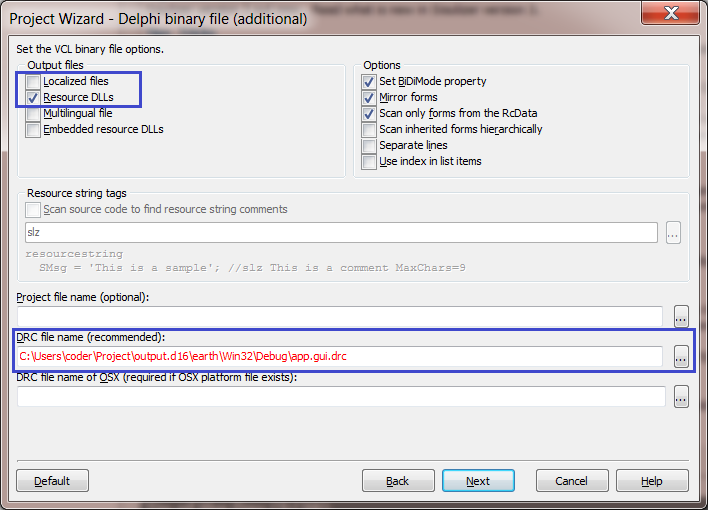Delphi Read Binary File
Try these:. Deserialize data: analyze how it's compiled your exe (try ). Try to deserialize the binary data with the language discovered. Then serialize it in a xml format (language-indipendent) that every programming language can understand. Analyze the binary data: try to save various versions of the file with little variation and use a diff program to analyze the meaning of every bit with an hex editor. Use it in conjunction with binary hacking techniques (like ). Reverse Engineer the application: try getting code using reverse engineering tools for the programming language used for build the app (found with ).


Otherwise use disassembler analysis tool like. Reverse engineering a binary file when you have some idea of what it represents is a very time consuming process. If you have no idea what it is then it will be even harder.It is possible though, but you have to have a pretty good reason for doing so.The first step would be to open it up in a hex editor of your choice and see if you can find any English text to point you in the direction of what the file is even supposed to represent.
From there, Google 'Reverse Engineering binary files', there are much more knowledgeable people than me that have written guides about it. If the data represents serialized Delphi objects, you should start reading about the Delphi serialization process. If that's the case, I think your best bet would be to load it using Delphi and continue your analysis from the IDE.
Delphi Read Binary Files
Some informations about Delphi serialization can be found.EDIT: if the file does contain serialized delphi objects, then you should write a small delphi program that loads it, and 'convert' the data yourself to something neutral, like xml. If you manage to do this, you should check and see if delphi supports serializing to xml.

Then, you could access those objects from any language. I've developed (Window & Linux) and (macOS) exactly for this purpose. These applications allow you to see the binary files like in other hex editors but additionally you can create a 'grammar' with the specifics of a binary file format. The grammar contains all the building blocks and is used to parse the file automatically.Thus you can keep the knowledge you gain in the analysis and apply it to multiple files simultaneously. You can also color-code the bits and pieces of file formats for a quick overview in the hex editor.The parsing results are displayed in a tree view where you can also modify the files easily (applying endianness et cetera). If you have access to the application that creates the file, you can apply changes to the application, then save the file and see the effects (Keep in mind that numbers are probably stored in ):. First create the file repeatedly.
If the files are not binary equal, the current date/time is probably stored in the area where hte differences occur. Maybe you want to repeat that with the software running under different environments, to see if OS version etc are stored, but this is rather unusual.
Next you can try to change single variables and create several files that only differ in the value of this variable. This helps you identify where this variable is stored. That way you can also exclude variables that are not stored in the file: If you change them, but the files created are identical, they are not stored.In order to test the hypotheses you worked out with the steps above, edit one of the files and have the application read it.If you don't have access to the application itself, I suggest that you forget about it and find another way to solve your problem. There is a very high probability that it will be faster.
.The Buffer argument is not a pointer, but anuntyped var parameter. Pass the actual variable,not its address.
If you have a pointer to a dynamically allocatedbuffer, dereference the pointer when callingBlockRead.The two most common uses for BlockRead are to readmany records at once and to read complex data structures that do notfit neatly into a simple typed file. For example, suppose a filecontains a four-byte string length, followed by the string’scontents, and you want to read the data into a long string. In thatcase, you need to read the length and the string contents separately,as shown in the example.